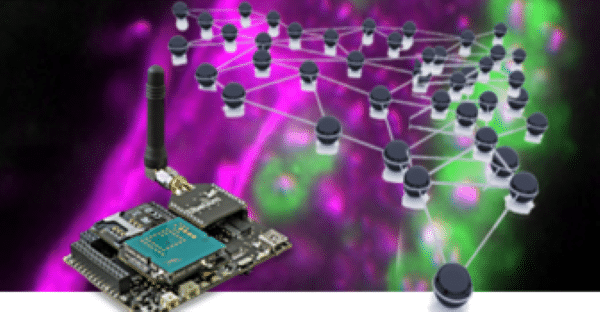What is an Air Tracer?
An air tracer is any gas introduced in small quantities into the main body of air to determine either the air current or the leakage paths in a ventilation system. An air tracer is a chemical that when emitted into an air parcel can be measured as it moves through time and space. Air tracing can be viewed as having two related parts, namely, broadcast and distribution of the tracer (the analyte) in air, and collection and measurement of the tracer from a known volume of the labeled air (the sample.
In addition to the physical properties which allow a tracer to persist during the measurement term, an air tracer needs to fulfill additional requirements regarding its practical suitability. These include health and safety, low environmental burden, high availability and good handling in practical use. Not least, the emitted tracer should be recordable with established sensing techniques over a wide concentration range and with high precision. And lastly tracer measurement should be highly-resolved in time, so exposures occurring in different locations and from different sources can be precisely differentiated; and the technology should allow measurements over extended time periods, so that a complete and connected (time-correlated) picture of the variation in temporal and spatial mass concentration can be obtained at each sensor location.
What is Tracer Gas Used For?
Tracer Gas can be used as a nondestructive testing method to detect air flow, air current, and leak detection among other aspects; tracer gas testing is a valuable method for both indoor and outdoor air. A variety of methods with different sensitivities exist.
What Technologies Exist in the Industry?
In 2017, a new ‘green’ technology was introduced to the tracer gas market. LIPA, or aliphatic citrus terpene and alcohol reagent mixture, was patented by The Vertex Companies, LLC (VERTEX). Successful testing and applications have been underway for years.
Experiments were carried out in 2015 and 2016 with grant support from the New York State Energy Research and Development Authority to test the usefulness of LIPA technology for quantitative measurements of indoor air. A series of experiments were carried out in a test chamber constructed specifically to test the tracer, and later in a test building.
Tracer experiments using LIPA showed good handling characteristics in terms of safety and ease of use and the measurement data to be highly-resolved in time with 1-second reporting intervals. Tracer levels in different locations were precisely differentiated and precise broadcast control allowed measurements over extended time periods. Our field experience and experiments using “green” LIPA mixtures show this technology to be safe and easy to use for envelope leakage tracing applications. LIPA evaporates readily and mixes well in an air mass, passes through HVAC coils and fabric filters, and remains in the air sufficiently long and with sufficient detection sensitivity to be useful for tracking air distribution in indoor environments. The low human odor-threshold property of natural orange is a useful attribute which allows olfactory sensing to supplement instrument readings when attempting to trace a labeled air mass over distances and between locations in a building. It is also a flexible quantitative instrument that can be used to generate a complete and connected (time-correlated) picture of the variations in temporal and spatial concentration as well as time-averages at any chosen location. And therefore it holds promise to give reliable (repeatable) quantitative data on air distribution and building ventilation difficult is to achieve using other means.
VERTEX uses LIPA tracer technology to identify (and rule out) air leakage pathways between indoor spaces. These uses have included tracing process emissions from a lens coating operation, locating the air leakage pathway between a parking garage and a 5th floor apartment, multiple pathway determinations related to malodor migration between adjacent and non-adjacent residential spaces, and using tracer to verify isolation of a restaurant and commercial kitchen from the environments of other spaces in a multi-use building.
To learn more about VERTEX’s Environmental Consulting services or to speak with an Environmental Expert, call 888.298.5162 or submit an inquiry.
Reference
- Learn more about Industrial Hygiene and Air Quality
- NIOSH Guidance for Protecting Building Environments from Airborne Chemical, Biological, or Radiological Attacks
AUTHOR
Clifford Cooper, MS, CIH
Certified Industrial Hygienist



